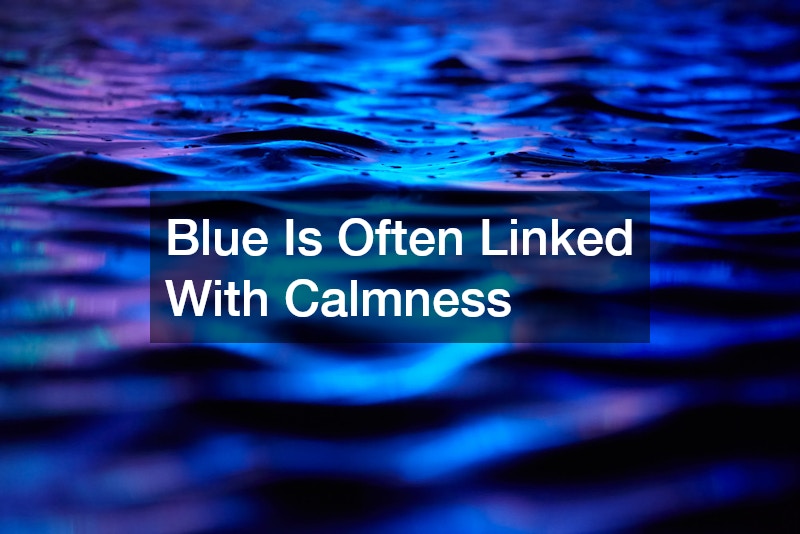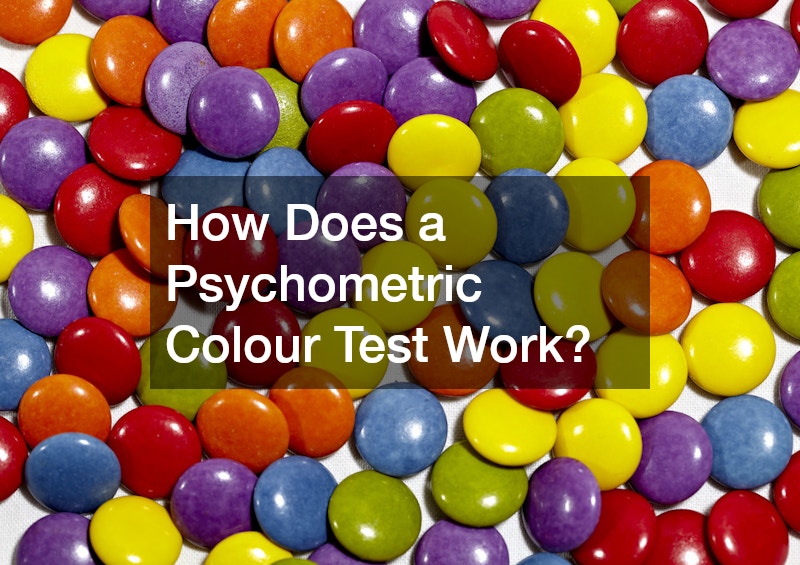
Psychometric tests have long been used to assess an individual’s mental capabilities, behavior, and personality traits. One of the more unique tools in this field is the psychometric colour test, which evaluates how a person’s colour preferences reflect their psychological state. This test taps into the inherent emotional responses to colours, drawing insights into an individual’s personality traits, emotional conditions, and potential behavioral tendencies. But how exactly does a psychometric colour test work? Let’s explore the foundations, the methodology, and the psychological theories that underpin these tests.
The Psychological Basis of Colour/h3>
Colours have always played a significant role in human perception. Throughout history, various cultures have associated different colours with emotions and states of being. For example, red often symbolizes passion or danger, while blue can evoke calmness or melancholy. These associations are rooted in both biology and culture.
The theory behind psychometric colour testing is largely based on the psychological impact that colours have on the human brain. This idea stems from research in fields like colour psychology, where specific hues are thought to evoke distinct emotions and cognitive responses. For instance, warm colours like red and orange tend to be more stimulating, while cool colours like blue and green are often linked to relaxation. The psychometric colour test uses these associations to delve deeper into how individuals react to colour stimuli and what those reactions might reveal about their personality or emotional state.
How Psychometric Colour Tests Work/h3>
A psychometric colour test typically involves presenting a series of colours or colour combinations to the individual. The person being tested is asked to rank or select colours based on their preference or gut reaction. These tests are often presented digitally or in print form, with the user choosing colours in order of preference. The choices they make are then analyzed to generate an interpretation of their personality traits, emotional wellbeing, and psychological characteristics.
There are several well-known psychometric colour tests, including:
The Luscher Colour Test: Developed by Dr. Max Luscher in the 1940s, this test is one of the most widely used and recognized psychometric colour tests. The Luscher Colour Test presents participants with several coloured cards and asks them to choose their preferences. Based on their choices, the test is said to reveal aspects of their emotional state and deeper personality traits.
Colour Code Personality Test: This test, created by Dr. Taylor Hartman, assigns people one of four primary colour personalities: Red, Blue, White, or Yellow. Each colour corresponds to a different type of motivation or personality drive—red for power, blue for intimacy, white for peace, and yellow for fun.
Interpreting Results: What Colour Preferences Say About You
The interpretations of these tests are based on the assumption that the colours individuals are drawn to, or repelled by, correlate with aspects of their inner psychological world. For example, if an individual consistently chooses bright, bold colours like red or yellow, it may suggest they are more extroverted, energetic, or assertive. On the other hand, a preference for more subdued colours like blue or green could indicate that the person is introspective, calm, or emotionally stable.
Here is a general overview of how different colours might be interpreted in a psychometric colour test:
Red: Associated with energy, passion, and action, a preference for red may indicate a dynamic and assertive personality. It could also suggest ambition or competitiveness, but in some cases, it might also indicate stress or tension.
Blue: Often linked with calmness, peace, and stability, a preference for blue suggests a person who is emotionally steady and values harmony. Individuals who favor blue may be introspective and seek to avoid conflict.
Yellow: A colour connected to happiness and creativity, yellow often signifies optimism and a positive outlook. People who choose yellow might be open-minded, innovative, or even restless.
Green: Representing balance, health, and growth, green is often favored by those who seek security and personal development. It is the colour of nature, and individuals drawn to green may value stability and personal growth.
Black: A preference for black can sometimes indicate mystery, control, or a need for independence. It is often associated with power or sophistication but may also reflect a more guarded or reserved emotional state.
White: Symbolizing purity, simplicity, and order, white is often chosen by individuals who value clarity and honesty. It can also suggest a desire for a fresh start or a sense of openness.
Gray: Those who choose gray may be looking for neutrality, balance, or an escape from overwhelming emotions. This colour is often associated with people who prefer to remain detached or neutral in their emotional responses.
Watch the video above to learn more about how the psychometric colour test works!.




